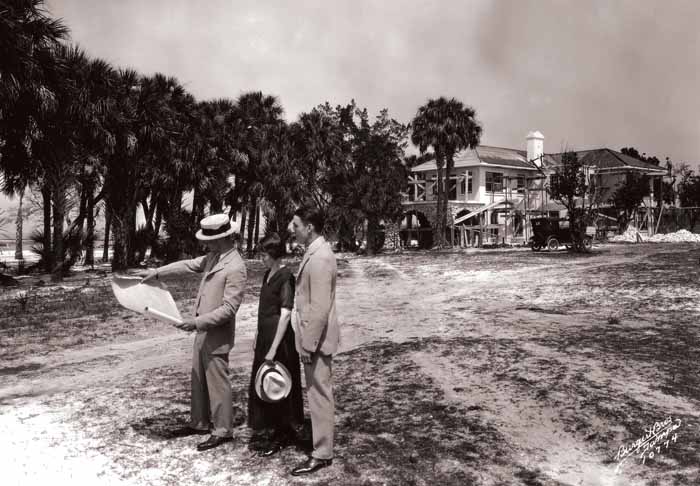
The History of Beach Park: 33609/33629
Beach Park Boundaries: Larger-than-life homes and picturesque scenes are a sure sign that you’ve stumbled upon Beach Park. Beach Park’s boundaries are south of Kennedy Boulevard, the west side of Lois Avenue, both sides of Morrison Avenue to Beach Way, all the way to the bay, bounded by Sandpiper Road and east of Hoover Boulevard.

History: Henry B. Plant’s footprints are all over South Tampa. At one time, he owned all of what is now Beach Park. He sold it to other investors, who in turn sold it to T. Roy Young—the developer of Seminole Heights in 1911—and his partners William Trice and Milton and Giddings Mabry. Their intention was to subdivide the area and call it “Beach Park on the Bay.” Much like, Davis Islands, Beach Park was created to draw a specific audience. Winding roads, manmade canals and bayous were designed to create a neighborhood oasis scene that attracted “those of generous financial means.” Their plan appears to have worked. The end of the Boom Times in Tampa in 1929 cut short the full development of the community.
What’s in a name: Contrary to popular belief, Beach Park was not named after a person, according to neighborhood historian and realtor Emmy Reynolds. Its location on the bay made the name “Beach Park by the Bay” a natural choice, and developers hopes it would draw investors and visitors from up north.
Predominant Architectural Style: The developers required that all the homes be built in the Spanish Mediterranean Revival style.
Oldest Home: It’s difficult to tell, but 80 of Beach Park’s original 1920’s homes are still standing.
Home Value: A historic 1925 home on Royal Palm Way sold for $650,000 in 2002. Its current market value according to the Hillsborough County Property Appraiser is $530,225 compared to $656,428 in 2009.

• The neighborhood’s original deed restrictions stated that no more than 20 chickens were allowed.
• The gateways to Beach Park were designed by Jefferson Hamilton. It was a “ stylistic beacon associated with the upscale intent of the community that would denote a ‘sense of place’.”
• Beach Park had its own water supply and developers planned to create a business district on Swann toward West Shore Boulevard. The real estate market collapse cut the plan short.
• Years ago, arches spanned over the intersection at West Shore Boulevard and Cleveland Street. They were destroyed and removed for road widening years ago.
• To this day, there is no record of who designed and built the arches at Lois and Swann Avenues.